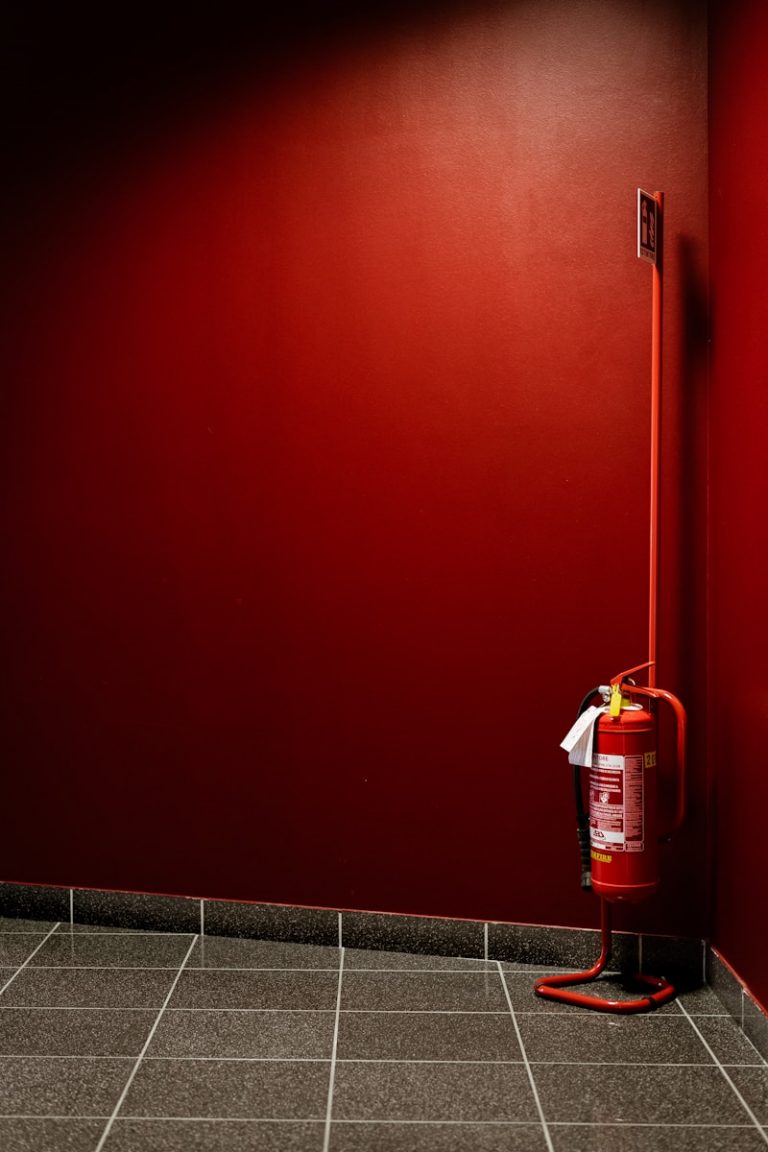Fire safety in buildings is a topic often relegated to the backburner. It’s critical to consider when you are building or remodeling a home so that you know your space is going to be secure against the threat of flames. Let’s discover some critical ways to transform your dwelling from a potential tinderbox into a bastion of safety.
Story Stages
Understanding Fire Alarms and Smoke Detectors
Fire alarms and smoke detectors are the first line of defense. They offer an early warning that can be the difference between a close call and a catastrophic loss. The key to leveraging their full potential lies not just in installation but in regular maintenance. Test your alarms monthly, replace batteries at least once a year, and consider the lifespan of the device—typically around ten years—after which they should be replaced. Additionally, modern advancements offer interconnected smoke alarms that, when one sounds, they all do, ensuring no corner of your home is left unalerted. It’s not just about having these devices installed; it’s about ensuring they’re always ready to spring into action.
Fire Extinguishers
Nestled in the corner of your kitchen or tucked away near a fireplace, fire extinguishers are crucial for fire safety. Yet, their presence alone isn’t enough; knowing how to use them in the heat of the moment—literally—is vital. Every household member should be familiar with the PASS technique: pull the pin, aim low at the firebase, then squeeze the lever slowly. You’ll then want to sweep the nozzle from side to side. Beyond mere operation, the placement of fire extinguishers is a tactical decision. Ensure they are easily accessible, unobstructed, and, ideally, near exit points. This strategy not only prepares you to combat fires effectively but can also significantly increase the value of your home by demonstrating a commitment to comprehensive safety measures.
Escape Plans are Your Blueprint for Safety
An escape plan is not merely a fire safety strategy; it’s a blueprint for survival. Crafting a detailed escape route for each room, practicing drills regularly, and establishing a safe meeting point outside the home are foundational steps. But the devil, as they say, is in the details. Ensure windows are not jammed, screens can be quickly removed, and ladders for higher floors are accessible and easy to use. Children should be educated on the dangers of hiding during a fire and taught to use the back of their hands to check doors for heat before opening them. This proactive approach empowers each household member, from the youngest to the oldest, imbuing them with the knowledge and confidence to navigate the worst-case scenario with grace.
The Shield of Safety: Fire Ratings in Building Materials
The heart of our home’s defense against fire lies in the very materials from which it is constructed. Fire ratings in building materials are not just technical jargon but a key to unlocking superior fire resistance. These ratings, determined by rigorous testing, denote the duration a material or assembly can withstand fire exposure while maintaining structural integrity. From the outer walls to the interior finishes, choosing materials with optimal fire resistance is essential.
For the exterior, non-combustible siding materials such as brick, stone, and certain advanced composites offer a robust first layer of defense. Inside, the gypsum board is a hero in disguise, providing effective fire resistance for walls and ceilings. One specific tier of safety is the Class C fire rating. This designation, crucial for roofing materials and insulation, balances affordability and performance, offering respectable resistance without the premium cost of higher-rated options. Incorporating materials with a Class C fire rating or above in your home can dramatically enhance your home’s ability to stave off fire, protecting not just the structure but the precious lives within.
Landscaping is Nature’s Firebreak
Strategic landscaping emerges as an important piece of fire prevention. Opt for fire-resistant plants and trees, and regularly maintain the area by removing dead foliage, which can serve as tinder for wildfires. Employing gravel walkways and stone walls can further act as firebreaks, slowing or halting the advance of flames toward your home. This harmonious blend of aesthetics and safety enhances your property’s appeal and embeds an invisible shield against fire’s reach.
Smart Home Systems for Fire Safety
Technology offers a new frontier in fire safety. Smart home systems equipped with connected smoke detectors, automatic shut-off mechanisms for gas and power, and remote monitoring capabilities present a revolutionary approach to fire prevention and response. These systems provide real-time alerts to your smartphone, enabling swift action whether you’re at home or away. Furthermore, integrating voice-activated assistants can facilitate emergency calls, ensuring help is on the way with minimal delay.
